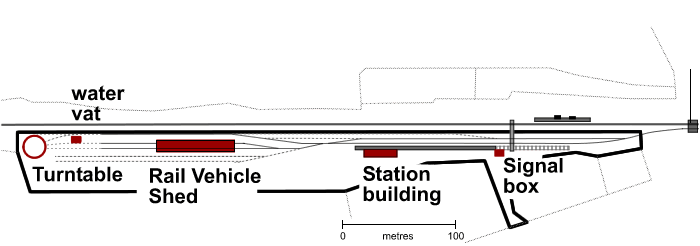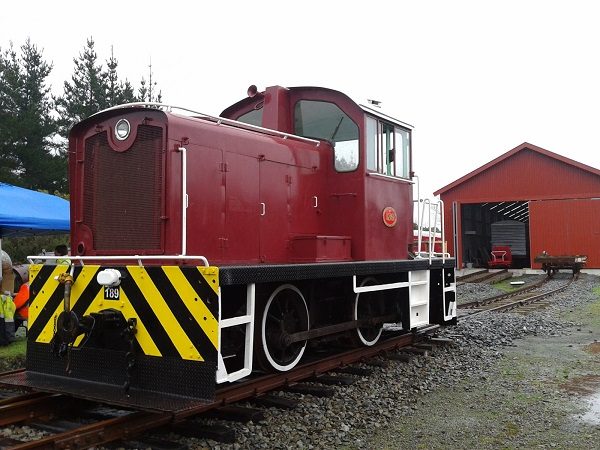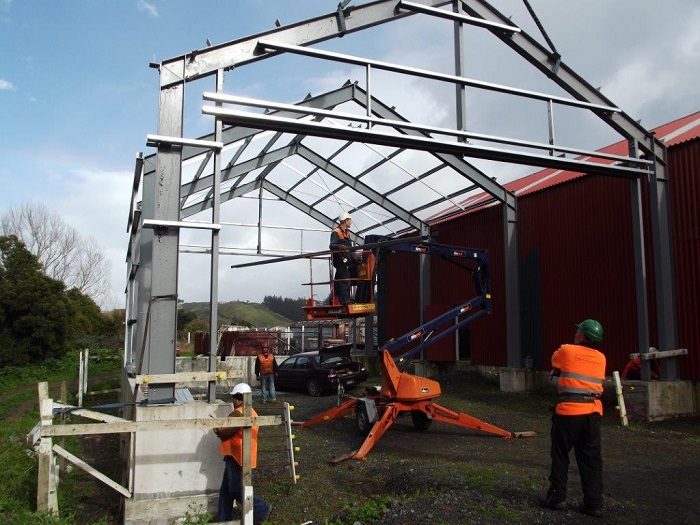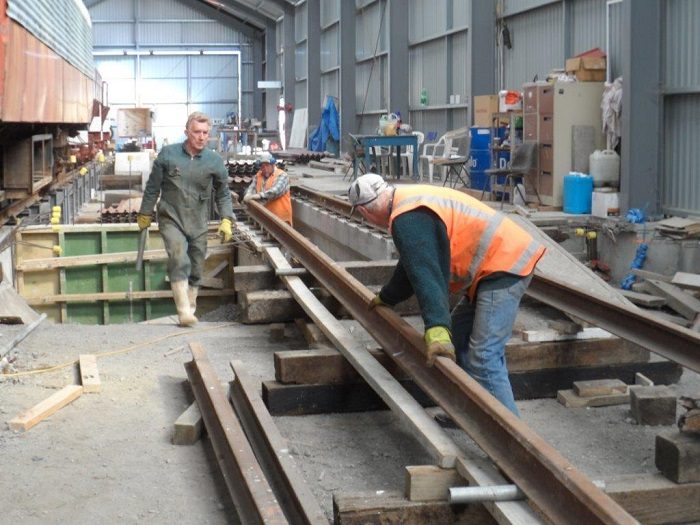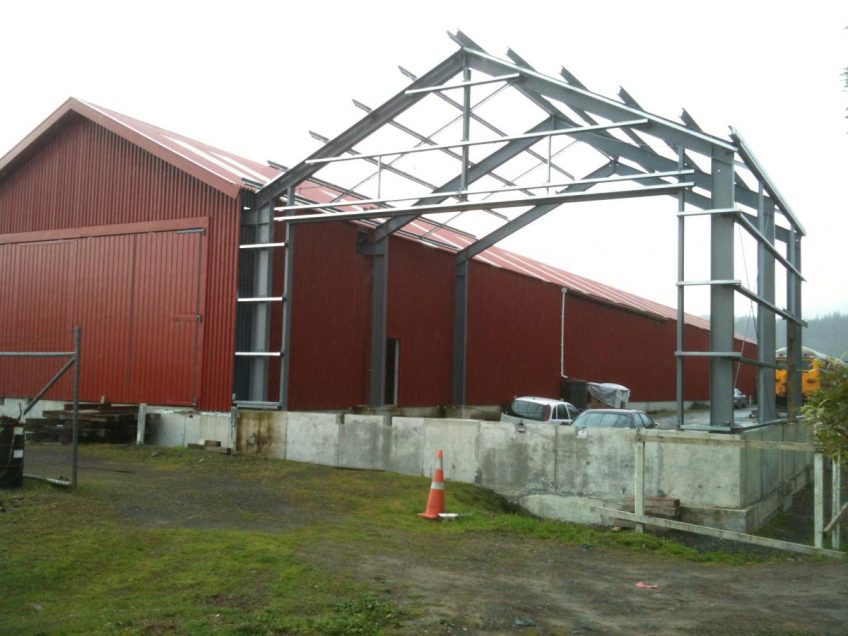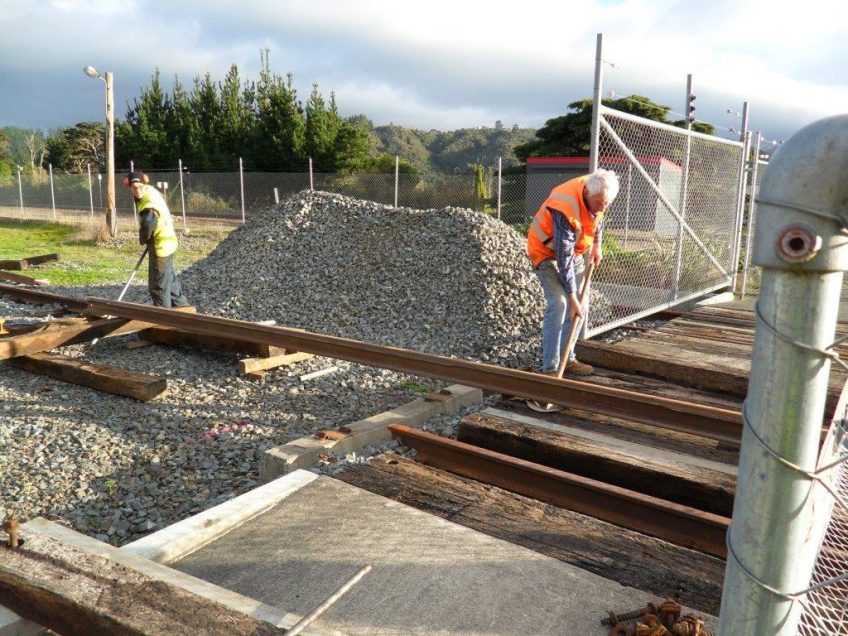First operating day - Maymorn 6 October
Our first public operating day of the Rimutaka Incline Railway took place on Sunday 6th October 2013.
We had rides available in the cab of our shunting locomotive Tr189, jigger rides, with other carriages and locomotives on display, along with posters and information about the Trust. Rimutaka Lions Club also assisted with catering from their mobile kitchen.
Around 200 people visited the railway, with a "one ticket - ride all day" opportunity on both the shunting loco and jigger.
